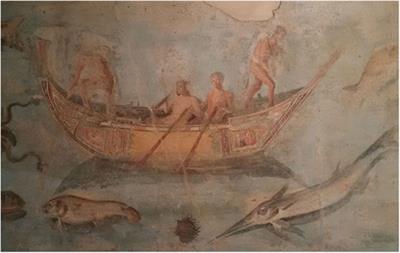Napoleon and His “Camel-Sick Corps”
A curious footnote to the history of war and “seasickness” is connected with Napoleon. While the military significance was not considered important, the appearance of seasickness in the desert was unusual. In his first military campaign against Egypt (1798–1799), General Napoleon conceived the idea of creating a camel corps. He supposedly had become aware of the camel’s suitability for transportation quite early. Although riding a camel did cause him some nausea, it was not so considerable as to prevent him from using one himself. Indeed his special camel was embalmed when it died of natural causes and is said to still be on exhibit in the African museum in Paris. In January 1799, Napoleon instituted the dromedary regiment which saw action after an attack of the Bedouins. Camels had several advantages over horses, namely, they did not have to drink so often and were adapted to the harsh conditions of the desert. They could easily travel for hours and outrun as well as outlast enemies on horses. One major drawback, however, was that soldiers who were susceptible to motion sickness could become “seasick” on this “ship of the desert” and not be able to engage in battle. The corps saw action for a period of three years (1798–1801). It was disbanded after France withdrew from Egypt following losses to the British.

